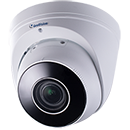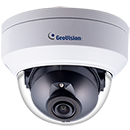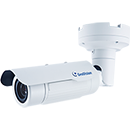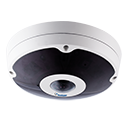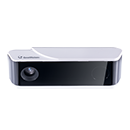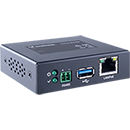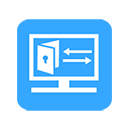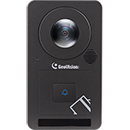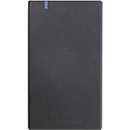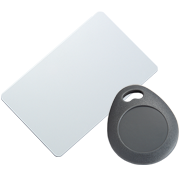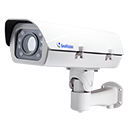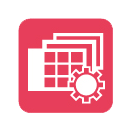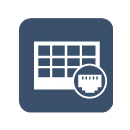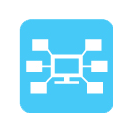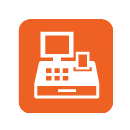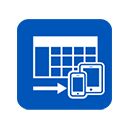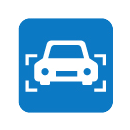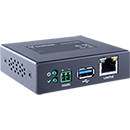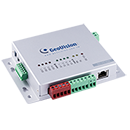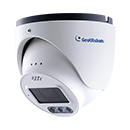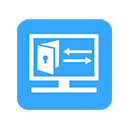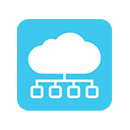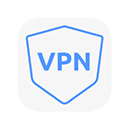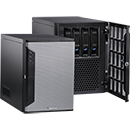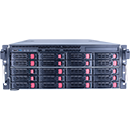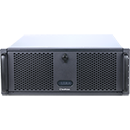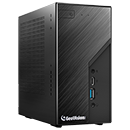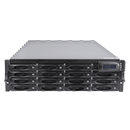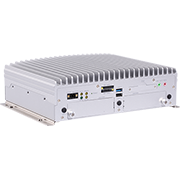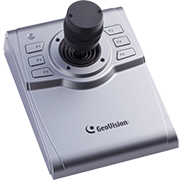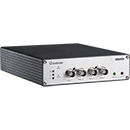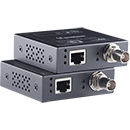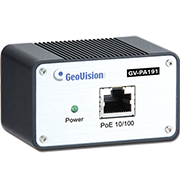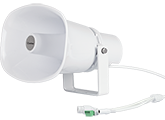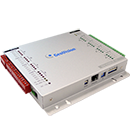
The global COVID-19 pandemic has created a lot of short-term changes in security demand. Companies are seeing more requests from essential sectors like healthcare, as well as a rise in certain types of equipment, such as AI-based analytics and contactless access control.
-
Helping the healthcare industry
At the forefront of this crisis has been the healthcare industry, who has been working tirelessly to save lives. Understandably, many security companies have seen increased interest from the sector, looking for ways to protect healthcare professionals and patients.
There has been a rise in demand for technologies such as remote patient monitoring, which can help both protect frontline healthcare professionals and maximize resources in hospitals.
Hospitals and healthcare providers are leveraging command centers to provide remote “health checks” with high-risk COVID-19 patients, check symptoms and progression of non-related COVID diseases, provide push notifications of wellness tips, communicate quickly, and provide SOS function in case of emergency changes in health status.
With the device camera, providers can verify identities and gather images of injuries. Think of it as a virtual house-call of sorts. It keeps folks away from potential infection zones, but also keeps them connected to their healthcare provider in a way that remote care solutions (like telemedicine) can’t.

Security companies and end users are coming up with ways to leverage video analytics and artificial intelligence (AI) to fit the current crisis and social distancing rules.
Although primarily developed to help retailers gain a greater understanding of customer behavior, occupancy video analytics applications are likely to be in high demand. Cameras equipped with people counting video analytics can provide real-time information on the net number of people on a premises at any particular time, ensuring compliance with any new social-distancing regulations.
Customers are making clever use of their existing technology to perform new functions to help with some of the challenges posed by the pandemic.
One company used its existing access control data to find people who went through a door in close proximity to someone thought to be contagious. Doing this would allow security operators to proactively advise individuals of their potential contamination and take the necessary hygienic precautions.
To help them with that, one company developed the Proximity Report, to correlate physical proximity of an infected individual with other employees and badged visitors based on the use of the access control system. This type of forensic analysis can be extremely beneficial to organizations seeking to use technology they already have to better protect employees, visitors and the broader community.
-
Contactless access control

Enquiries regarding security systems specifically with contactless access controls have increased.
Concerns over the risks of spreading the virus via fingerprint scanners have resulted in an increased demand for information on other systems, such as facial recognition and other non-contact biometric systems.
-
Prepared for future unknowns

The COVID-19 pandemic has forced the security industry to reevaluate and adjust many of its strategies, from supply chain to marketing. Without knowing how long global social distancing and isolation will last, security companies will need to continue adapting and meeting the challenges presented by the current crisis, as well as be prepared for future impacts.
Adapted from a&s Magazine
